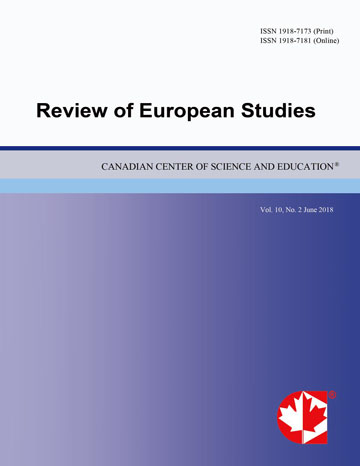The Base Articulations of the Liminality Concept
- Bianca Teodorescu
- Razvan Alexandru Calin
Abstract
This study aims to clarify the meanings and the semantic articulations of the concept of liminality. The method used in the study is meta-analytic.
a) There is first achieved a historical reconstruction of the concept. The semantic nucleus of the concept is represented by the action of spiritual configuration of events by which individuals are introduced in a transition state from separation to incorporation. This existential event is theoretically approached by Arnold Van Gennep through the syntagm “rites of passage”. Subsequently, Victor Turner subsumes the meanings of the spiritual event of passage to a single-word concept “liminality” and talks about “liminoid” events.
b) Afterwards, there is carried out a logical-semantic reconstruction of the concept and there is concluded that the practical articulations of liminality consist in going over three stages of the process of liminality: the ambiguous state, the adaptation to new norms, rules and values and the pre-integration.
As illustration of liminal transition, there is presented the current mass media case in which there is mobilized the idea of persuading the consumers of media messages to adopt a behavior which represents a passage from lack of involvement to social, economic and political involvement/engagement. The conclusion is that a) the world and people in general, are in a constant process of passage, of change, b) that liminality constitutes an important factor of individual and social development, c) and that society is marked by liminality.
- Full Text:
 PDF
PDF
- DOI:10.5539/res.v7n12p97
Index
- ACNP
- CNKI Scholar
- DTU Library
- Elektronische Zeitschriftenbibliothek (EZB)
- EuroPub Database
- Excellence in Research for Australia (ERA)
- Genamics JournalSeek
- Google Scholar
- Harvard Library
- HeinOnline
- Infotrieve
- JournalTOCs
- Mir@bel
- Open policy finder
- RePEc
- ResearchGate
- ROAD
- Scilit
- Technische Informationsbibliothek (TIB)
- The Keepers Registry
- Universe Digital Library
- WorldCat
Contact
- Paige DouEditorial Assistant
- res@ccsenet.org
